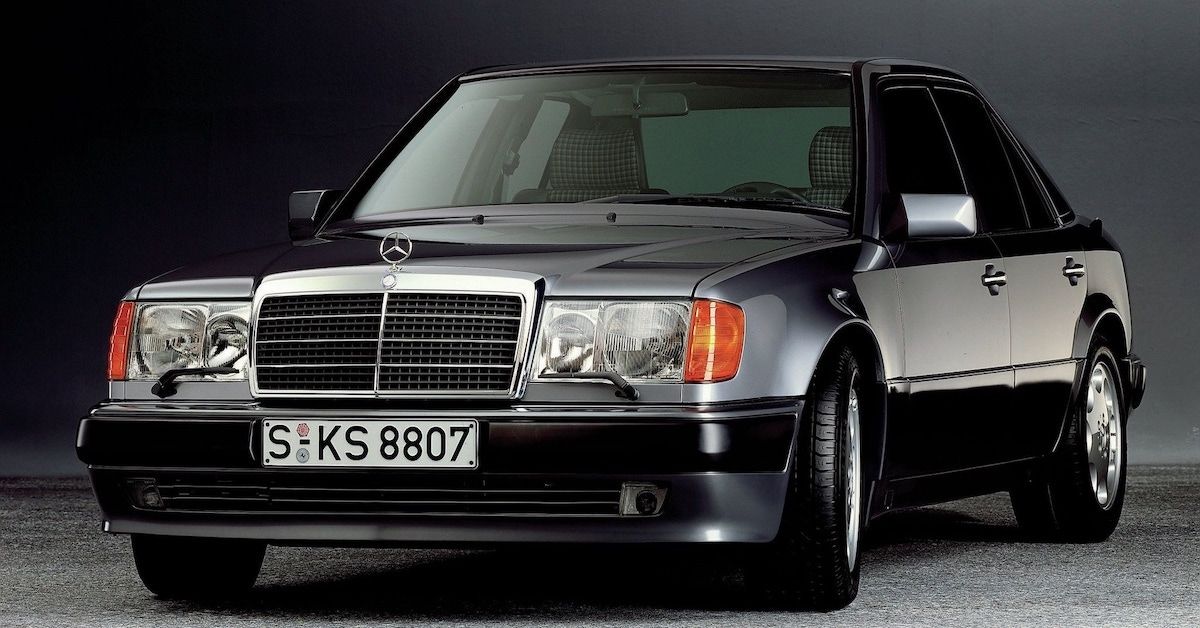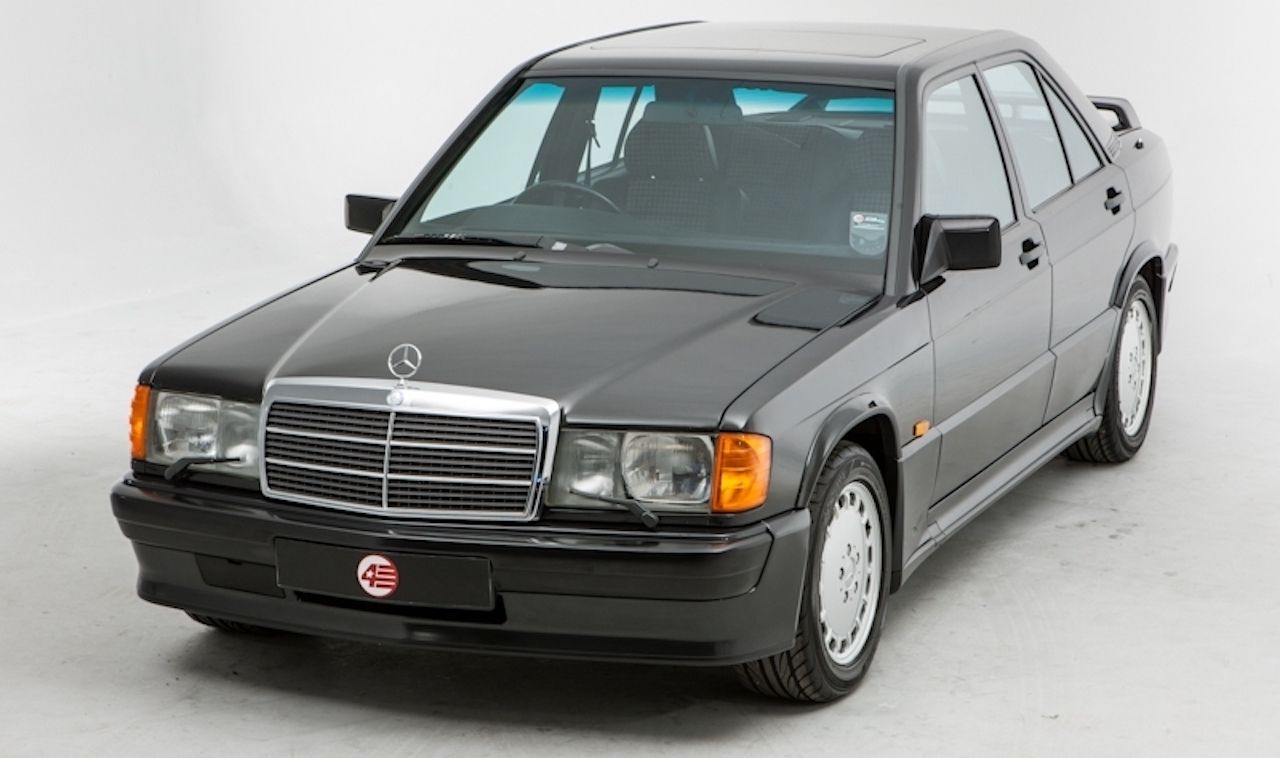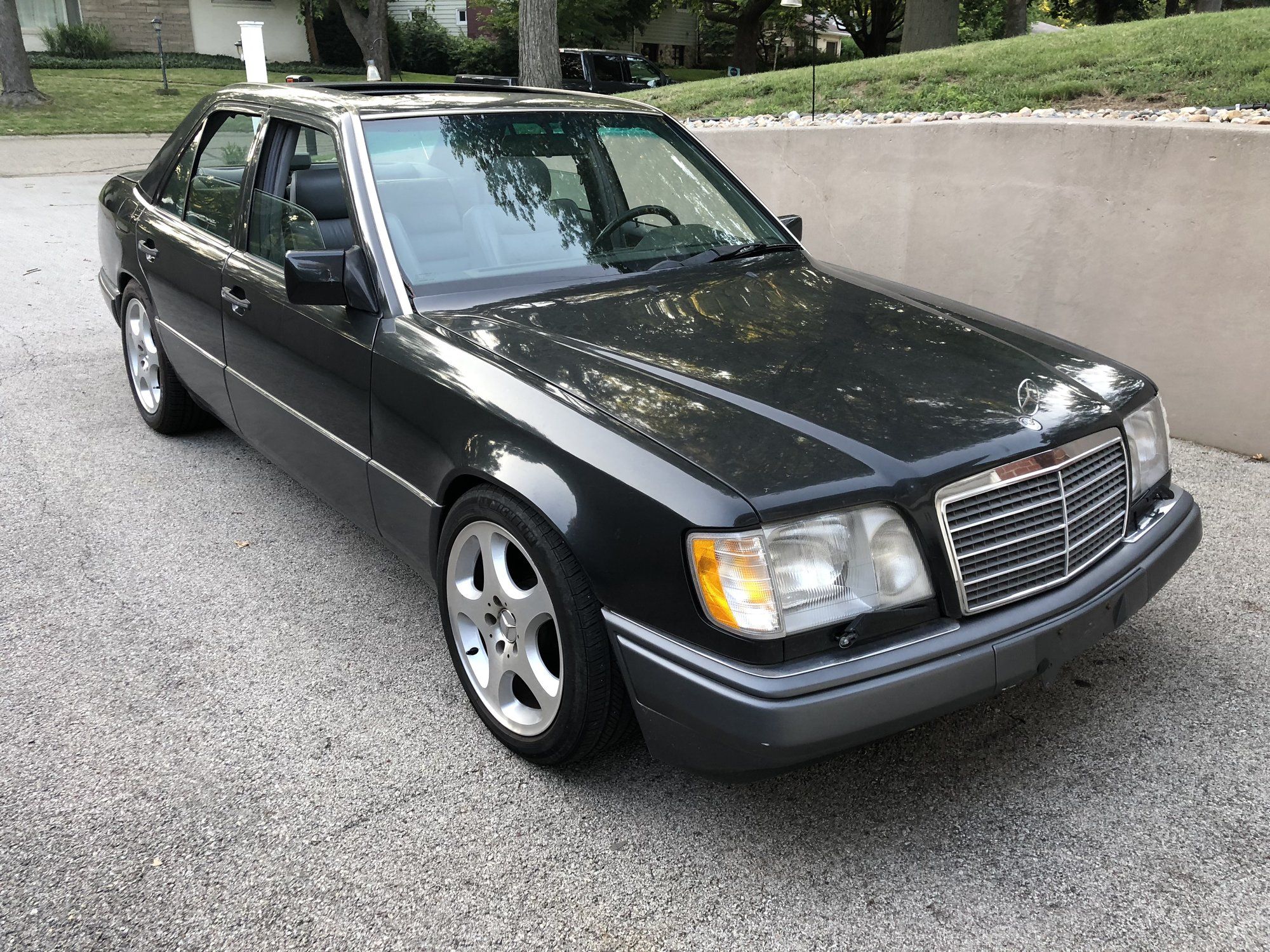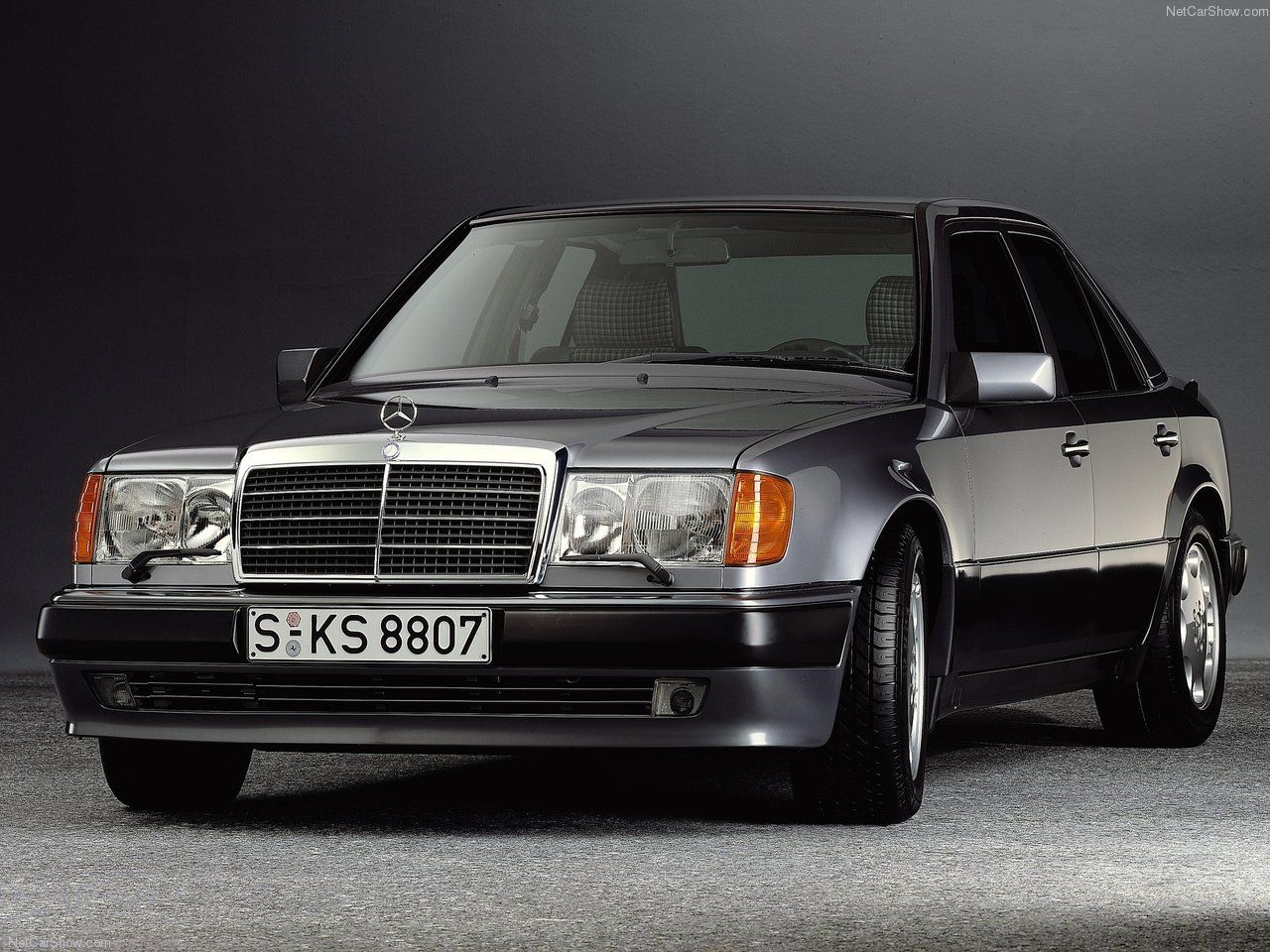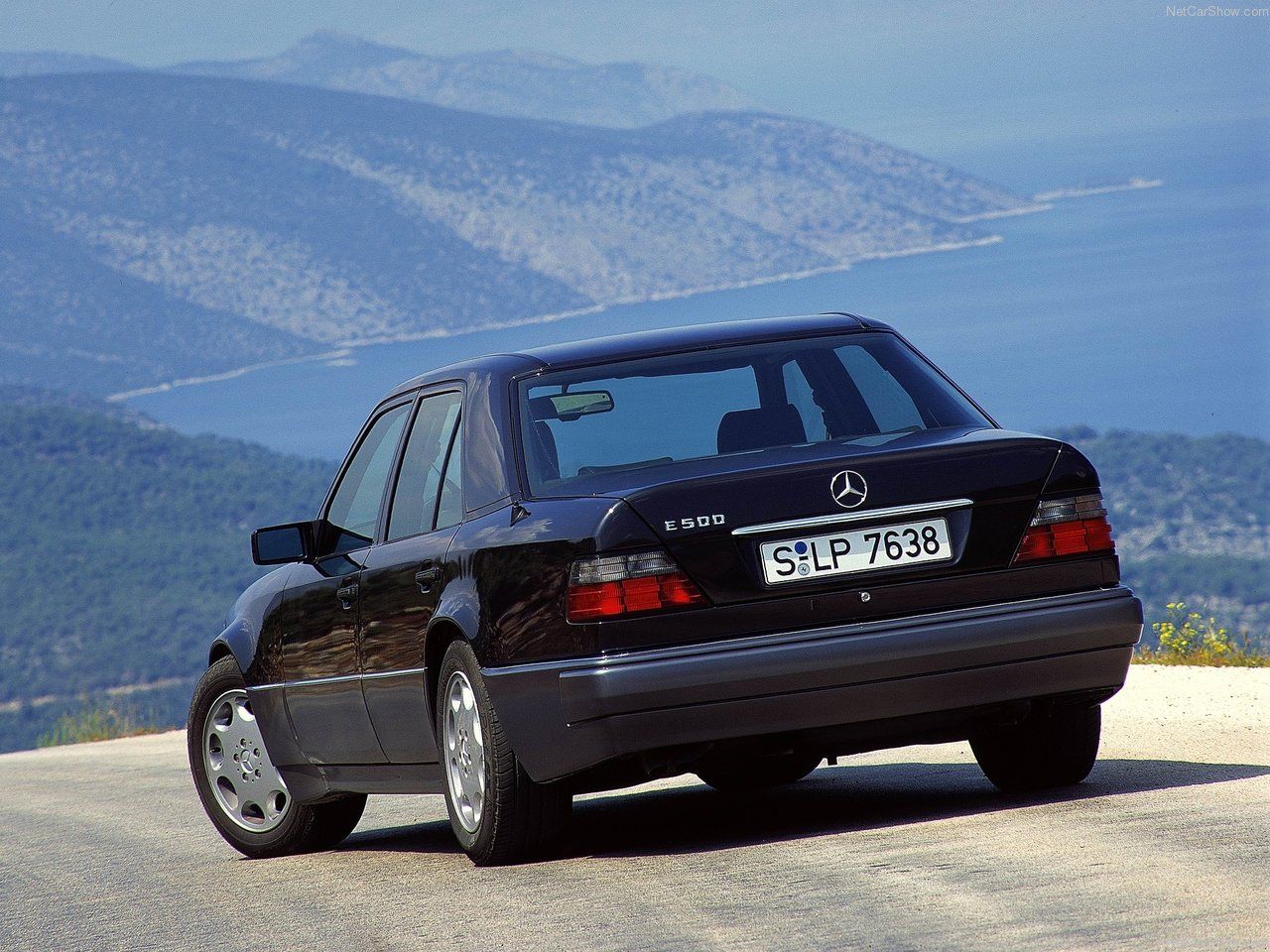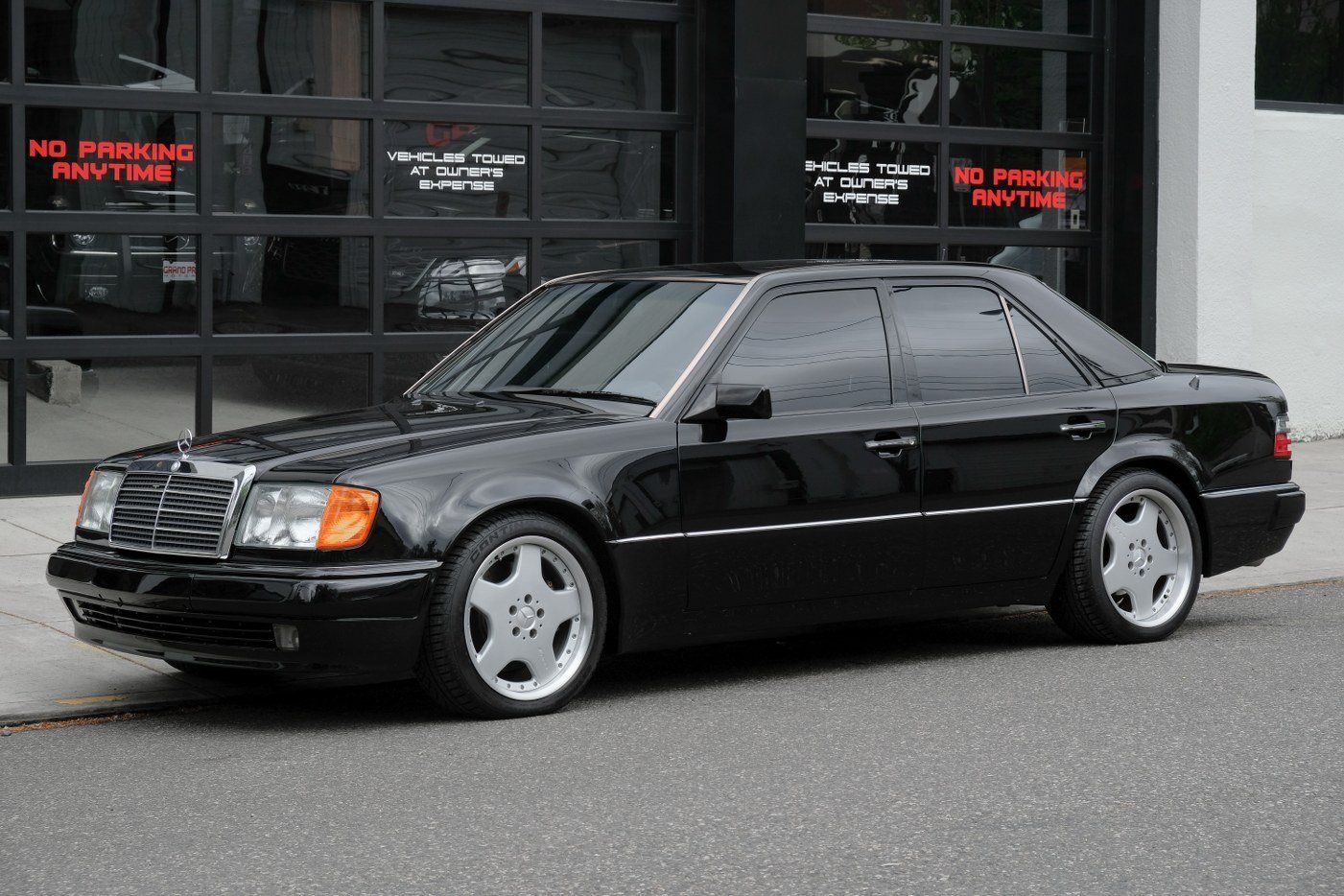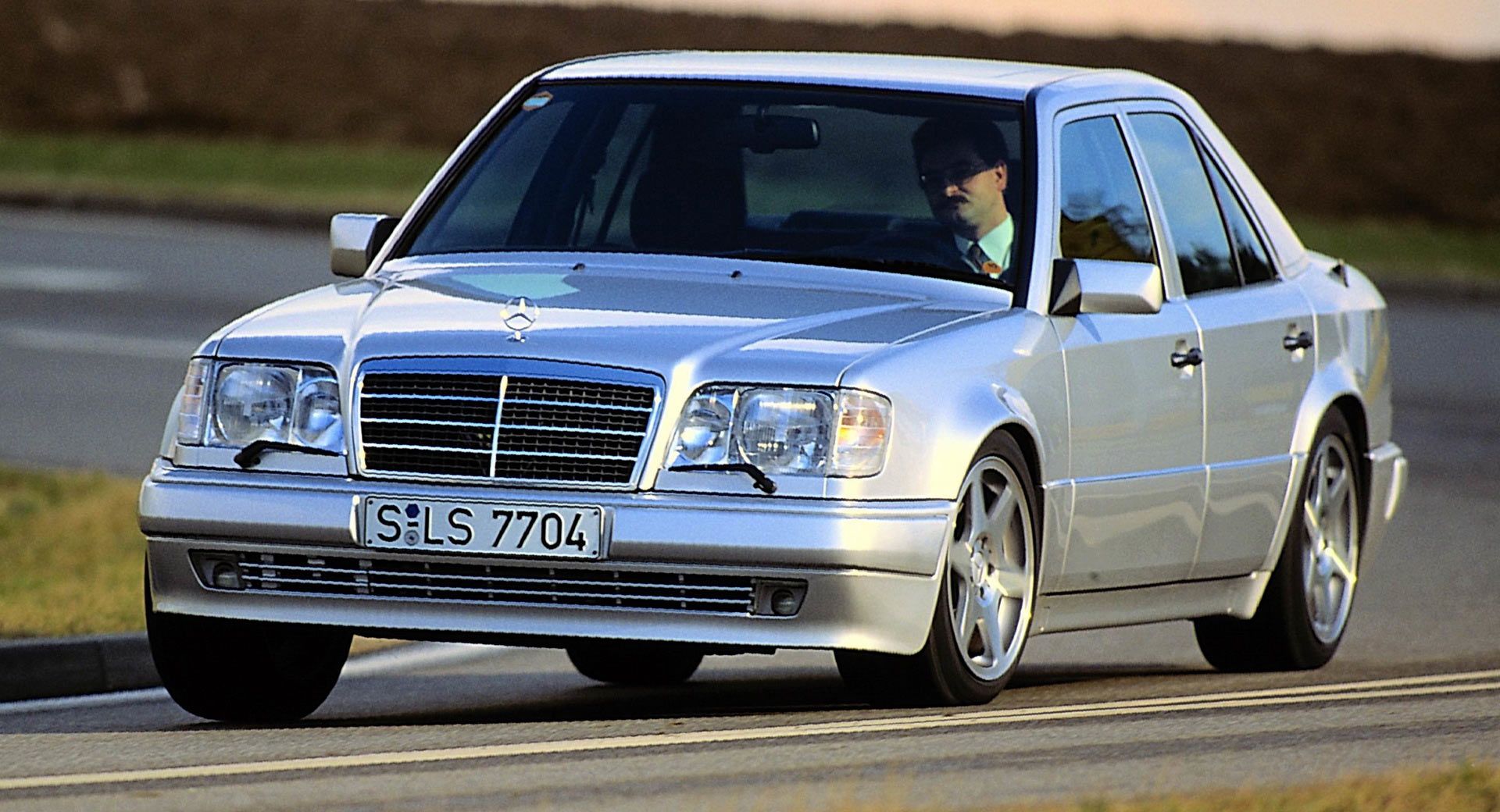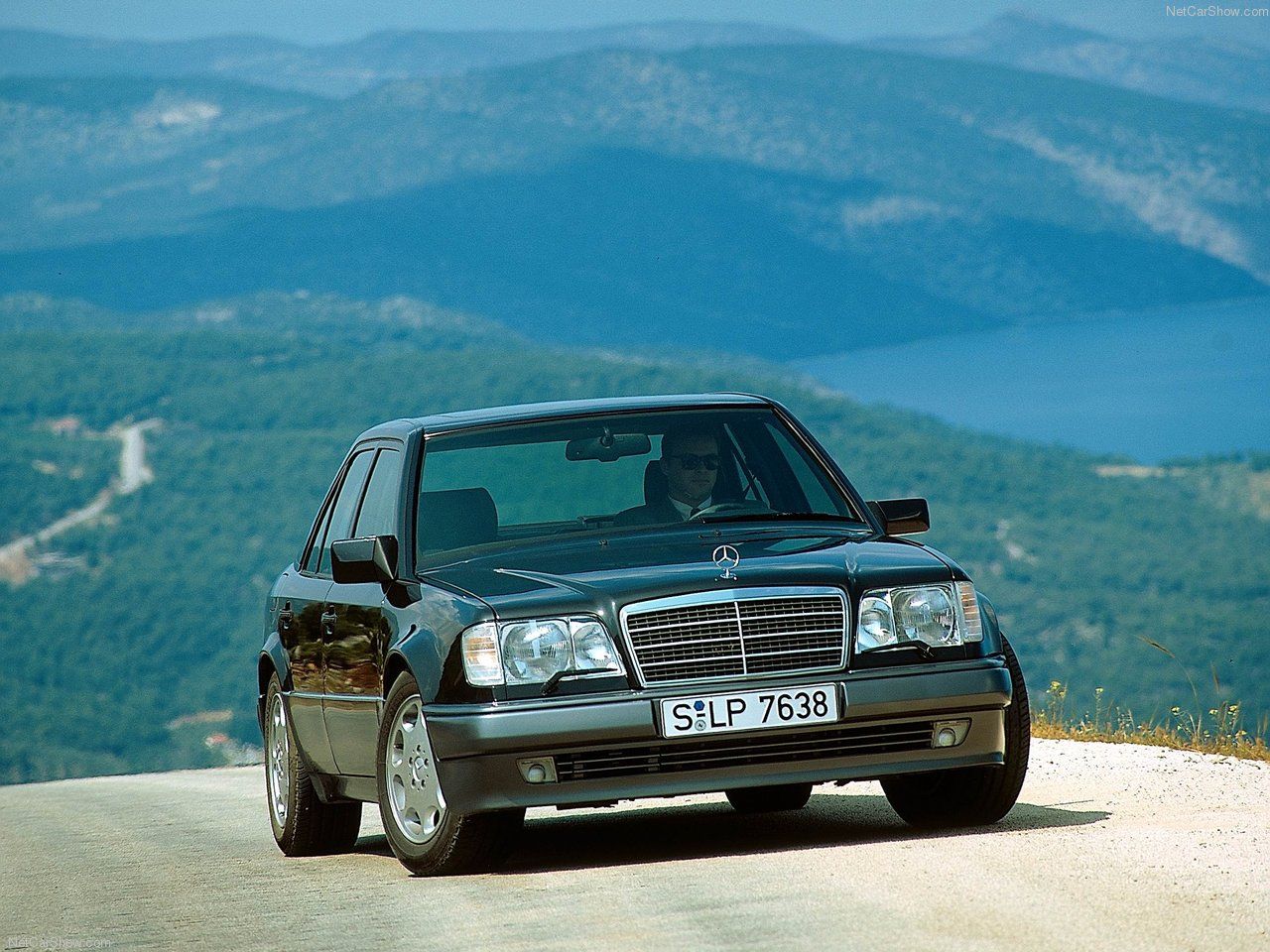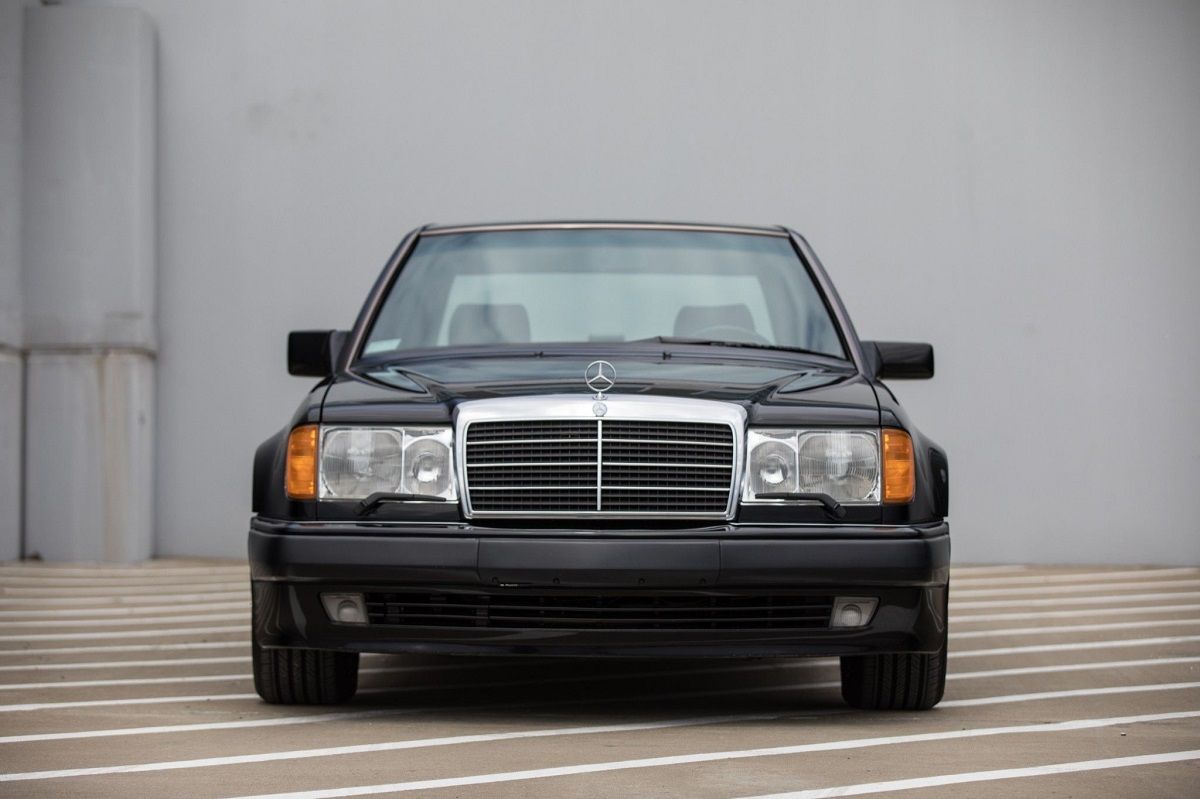Mercedes-Benz creates excellent sedans. In the 1990s, they made the world's most perfect sedan, known as the Mercedes-Benz 500E. The Mercedes-Benz 500E combines German engineering, Italian design, American muscle, and Japanese competition. As a result, it has influences from across the globe and factors well beyond the German manufacturer that helped craft it.
The 500E set the standard for what a compact sedan should be. It was a delicate balance of design, power, and history. For example, the 500E came from the W124 platform, but the extra power hiding under the hood meant an alternative plan. It was so wide that Mercedes-Benz couldn't build it in its own factory.
When released, the 500E went for a massive $89,000 in 1992. That’s $202,000 today for a compact car. Aside from the price, the 500E made a lasting impression on the industry. This is why the Mercedes 500E is the world's most perfect sedan!
The Mercedes 500E: Setting The Stage For The World's Most Perfect Sedan
Mercedes was in a rut. Porsche needed work. The perfect storm allowed collaboration between the two auto manufacturers that benefited both companies. But the partnership wouldn't be immediate. It all started in the 1970s when Mercedes fielded two huge V8 engines.
The 6.1L and 6.9L V8 engines were thirsty, and consumers avoided them like the plague. Mercedes needed a new plan to revitalize the brand following the loss of sales. They enlisted the help of designer Bruno Sacco, an Italian, to design a new line of fuel-friendly sedans.
What Sacco designed was a pair of sedans, twins really, the compact W124 and sub-compact W201. Sacco's obsession with safety brought about an aerodynamic design and brought a fresh new look to the stuffy old brand.
As a result of the U.S. fuel restrictions, these sedans began life to combat these fuel restrictions. As these sedans debuted in the 1980s, they used more fuel-efficient four and six-cylinder engines. The E-Series and the 190 were well received and brought the company back from the brink. Still, a Japanese competitor would demand more from the German company.
The Mercedes 500E's Perfect Design Set The Standard For Mercedes Sedans
The 500E came from the W124 platform. It took Bruno Sacco's iconic design and brought a level of high-performance that demanded the best of the company. The W124 platform was the perfect design choice. It was wildly popular, and the design significantly influences Mercedes today.
What made the W124 so iconic was the futuristic design, which was penned in the 1970s. It featured integrated bumpers, flush headlights, taillights, flared trunk lips for aerodynamics, and a subtle teardrop design. W124 included forwarding thinking features like a single articulating wiper blade, textured taillights to improve visibility, and a teardrop design to improve aerodynamics.
The W124 had a drag coefficient of 0.26, making it one of the most aerodynamic sedans ever. The small design was perfect until Lexus hit the scene. After the introduction of the JDM company, Mercedes saw a dramatic decrease in sales. It was clear what the North American public wanted - a larger engine.
In response, Mercedes partnered with Porsche to craft the 500E with the larger 5.0L engine from the SL line. To handle the extra components, the design of the 500E was wider than other E-Series sedans. Fender flares added a couple of inches, and the 500E was too wide to be manufactured at Mercedes. It was instead hand-built at the Porsche factory across town.
The Mercedes 500E Filled The Need For Speed
The partnership with Porsche was mutually beneficial. Porsche was hurting in the early 90s, and Mercedes needed a way to beef up the W124 without sacrificing their own engineers. As a result, Porsche engineered the 500E from boxes of parts shipped to them from Mercedes.
Porsche engineered the wider frame and reinforced various components to handle the extra power. Mercedes used the M119 V8 engine from the 500SL. Some crafty engineering allowed Mercedes to modify the engine to fit the same size as a 4.2L, despite being a 5L engine.
The first 400E competed well against the Lexus LS400. Then, Mercedes took aim at the BMW M5 by dropping the 5.0L into the 500E. This new engine was a V8 with a big-bore, short-stroke four-valve, four-cam, and Variable Valve Timing. It generated 322 horsepower and 334 lb-ft of torque. The most perfect sedan was limited, though, to a top speed of 156 MPH thanks to a short-ratio gearbox and electronic limiter.
Unlike what many people believe, the Porsche didn't tune the 500E. It was simply engineered and built by Porsche.
The engine is excellent. Plus, the 500E can hit 60 in just 5.5 seconds, the steering and handling are unmatched even by today's standards, and the frame is just as great as anything built new.
Final Thoughts On The Mercedes 500E As The World’s Most Perfect Sedan
Mercedes 500E went through quite the journey in becoming the world's most perfect sedan. When it finally arrived, the press absolutely loved it! The only aspect that wasn't so pleasant was the price. At $89,000, the starting price was well over what BMW charged for the M5, and it wasn't a dedicated Porsche/Mercedes collaboration.
The Mercedes 500E was a fantastic collaboration. It took an already incredible platform in the E-Series W124 and pumped it up with an incredible V8. The 500E used a timeless design. It was aerodynamic, fast, and luxurious. Plus, pressure from Japan and the United States helped craft one of the most iconic vehicles.

